To survive in the New Normal, travel and tourism brands must adapt to new demands and expectations—and revise their strategies accordingly. Here are 10 emerging post-lockdown travel and tourism trends every travel brand needs to know.
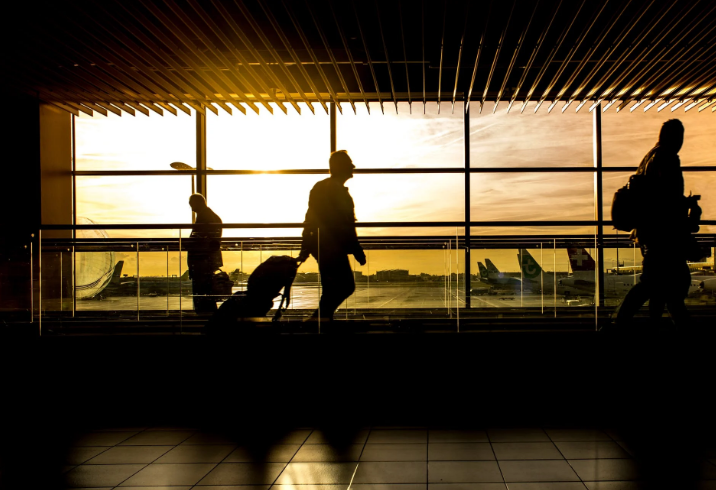
Even though the general public isn’t traveling very far (or at all) just yet, the presence of COVID-19 means we are unlikely to travel the way we used to again.
Travel and tourism businesses therefore need to rethink and adapt their strategies to attract New Normal Travelers.
With more borders set to re-open, what are the emerging trends in the travel and tourism industry that tour operators, destination marketers, and hoteliers need to consider?
Emerging Post-Lockdown Travel and Tourism Trends

Trend #1: Travel bubbles
The most frequently mentioned post-lockdown travel and tourism trend is that of travel bubbles. It’s also called corona corridors or travel bridges.
As more and more countries ease lockdown restrictions and restart their economies, many are considering establishing ‘travel bubbles’.
A travel bubble is a type of special, fast-tracked travel agreement between two countries.
These travel bubbles would ideally be formed with neighbouring nations and / or crucial trade partners.
For example: That’s what Malaysia hopes to have with Singapore and Brunei.
At the most basic level, general requirements for such a bubble includes:
- the country has either low to no new coronavirus cases;
- or is at a similar stage in tackling the pandemic.
Some European countries, like the Baltic region, already have travel bubbles in place. Meanwhile the first travel bubbles outside the EU could be established as early as September.

Trend #2: Local first
For the next little while, travel and tourism initiatives will focus first and foremost on domestic travelers.
More specifically, the industry may promote more staycations, attract day trippers, and then encourage inter-province and regional travel.
Only when the proper conditions are met will international leisure travel start to pick up again. Some experts say that won’t happen until 2023.
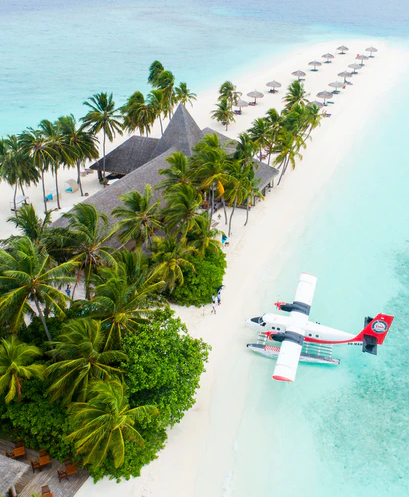
Trend #3: Moving away from mass tourism
Another post-lockdown travel and tourism trend is that of embracing a new category of traveler.
Countries that struggled with the adverse effects of overtourism may use this opportunity to shift away from mass tourism. That is focus on value over volume.
For example: Thailand wants to court affluent, luxury travelers rather than return to the status quo of large tour groups and backpackers.
Countries reliant on tourism – but wary of the coronavirus – may also pivot towards wealthy travelers to help jumpstart post-lockdown economies.

Trend #4: Sustainable tourism
We’ve encountered quite a few challenges to tourism over the last few years.
- Destinations closed down due to overcrowding
- Venice flooded
- Australia’s bush fires was devastating in more ways than one
- And now the unprecedented impact of COVID-19 on global travel
These experiences have brought a renewed focus on truly embracing a more sustainable form of tourism.
Post-lockdown, we might finally see more brands actually walking the walk.

Trend #5: Secluded vacations
Over the last few months, we’ve gotten used to social distancing in everything we do. From grocery runs and trips to the pharmacy through to how we exercise – we’ve maintained a good 2m distance from others. This will also become the norm – and standard – when we travel.
Secluded vacations and attractive ways to ‘isolate’ while on holiday is another post-lockdown travel and tourism trend we can expect.
What does this mean?
Accommodation: Travelers will seek out properties that allow them to keep distance from other travelers and stay safe. Lower density lodging or hotels that aren’t as crowded will be preferred.
Don’t miss: Hotel Marketing: Are you ready for the New Normal Traveler?
Destinations: Travelers will search for lesser known or more remote destinations and attractions. Rather than the usual ‘tourist traps’ and crowded streets, they will look for off the beaten track alternatives.
Don’t miss: Why your brand needs to show up in users’ search results
Activities: Vacations that allow people to be outdoors more than indoors will increase in popularity. So will getaways that prioritise physical and mental well-being – especially after the stress and confinement of lockdown.

Trend #5: Subsidised holidays
Some countries are considering offering travel incentives to entice visitors back into their countries. There’s been talk of free flights and discounted or even free room nights in addition to travel vouchers.
In fact subsidised holidays have become one of the most exciting post-lockdown travel and tourism trends to look forward to.
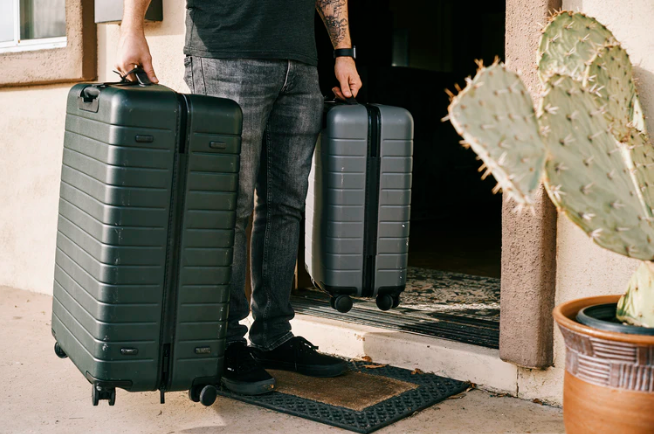
Trend #6: Fewer trips
In the New Normal, people are going to pay more attention to how and where they might want to go. They will choose carefully and wisely rather than embark on impromptu getaways.
You might also like: Travel stages: The travel purchase journey and marketing tips for travel businesses
In other words, people will be going on fewer but longer trips in the New Normal.
There are a few reasons for this:
- The threat of COVID-19 remains.
- Air travel will be more difficult with fewer scheduled flights and longer transit periods.
- Flying will be even more unpleasant with all the new boarding requirements and fewer in-flight perks.
- Ticket prices will become more expensive to cope with social distancing requirements.
- The uncertainty involved with country-specific entry requirements and the complications of getting sick abroad.
- Some countries are thinking about imposing minimum stay requirements.
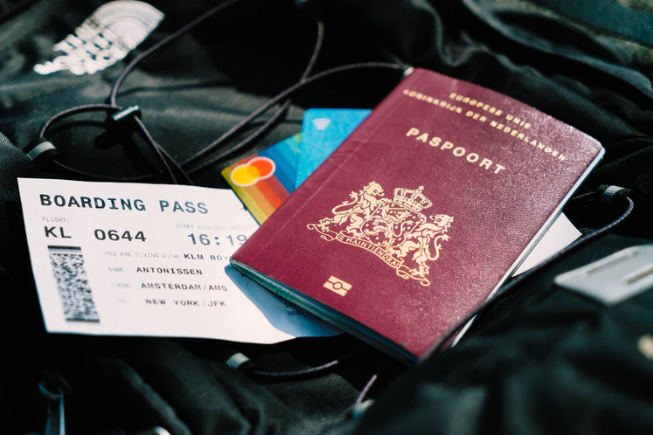
Trend #7: Flexible travel arrangements
Flexibility will be a non-negotiable.
Travelers aren’t going to venture out or choose suppliers that aren’t willing to accommodate flexibility. Why take the financial and physical risk?
Instead they will seek and opt for brands that offer the most favourable booking terms. And they will look at a company’s track record more carefully before choosing to book.
How rebooking / refund requests were handled during the coronavirus crisis influences how travel business are viewed going forward. (And if former customers will choose them again in the future.)
In other words, who they book with will depend on the trust gained (or where trust was lost) during this pandemic.
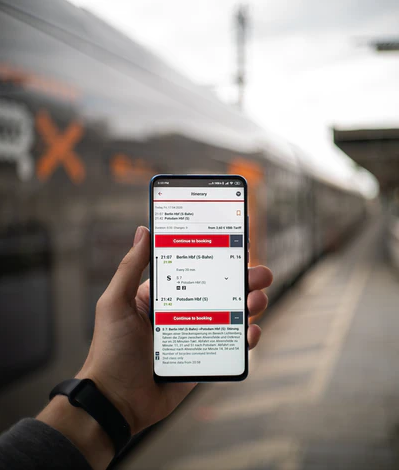
Trend #8: Last minute bookings
Another anticipated trend is that of more last minute bookings.
For now, gone are the days of advanced planning and booking several months in advance because evidently, anything can happen. Global pandemics, widespread lockdowns, travel and tour company bankruptcies, and more.
To minimise travel-associated risks, many will wait to make bookings closer to the desired date of travel.
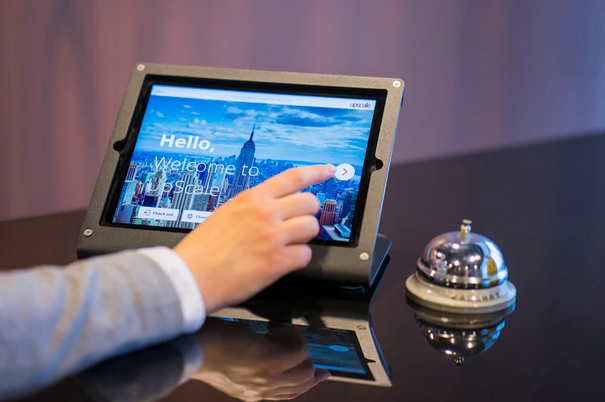
Trend #9: New consumer preferences
Previous priorities will take a backseat to new preferences centred on health first and financial security second.
Simpy put: travelers want to balance convenience with safety.
For example:
How Insta-worthy a property is won’t matter as much as how serious the establishment is about health and safety protocols.
Face-to-face attention is less important if the same excellent service and quality can be offered via contactless means.
Mass transit will be less attractive than walking places or hiring affordable private transport to get around.

Trend #10: Increased communication
Travelers will now place an even greater premium on transparency.
In response, another post-lockdown travel and tourism trend to expect is that of increased communication from brands.
Businesses are going to put much more effort into how, where, and when they keep in touch with clients.
Don’t miss: Why start an e-mail list? 6 reasons you can’t ignore!
Trend #11: Flights to nowhere
Yes, flights that begin and end at the same point of origin are now a thing—they’re even selling out.
It started with simulated flight experiences through VR and ‘flights’ that never actually took off. But after months of lockdowns and strict travel restrictions, people miss actual travel. (And, apparently, that includes the in-flight dining experience.)
So what started with a handful of Asian airlines like EVA Air and ANA back in August is now being adopted by airlines the world over. The latest to join the trend are Qantas and Singapore Airlines.
Trend #12: Workations
In addition to staycations, hotels are now offering ‘workation’ packages.
These packages give day access to rooms and all the amenities that come with it such as a stable internet connection, comfortable work station (versus the kitchen counter or dining table at home) and a change in environment.
Workation packages are designed to appeal to those who are tired of working from home (and all the distractions that come with it) and to attract those who are able to work remotely.
Trend #13: Remote-work visas
While some countries are offering long-term tourist visas, others have rolled out new visa programs aimed at remote workers and digital nomads.
Last update: September 29. 2020